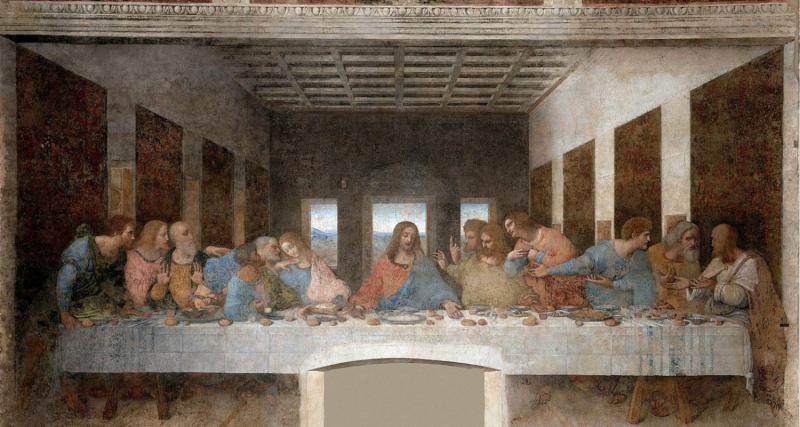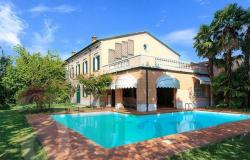Milan's culture chief denied on Friday that Leonardo Da Vinci's fresco The Last Supper was being damaged by pollution in the traffic-clogged city.
Vittorio Sgarbi, a prominent art historian as well as head of cultural affairs at city hall, said the risk of the Renaissance masterpiece becoming blackened by so-called fine-particle (PM10) pollution was "completely non-existent".
Leonardo painted The Last Supper on the wall of the refectory in the convent attached to the Santa Maria delle Grazie church in Milan between 1494 and 1498.
The famous fresco, featured in Dan Brown's The Da Vinci Code, attracts around 350,000 visitors a year. These visitors are believed to bring the fine dust particles into the room on their clothes.
Authorities have confirmed that equipment monitoring air quality in the refectory recorded a tripling of the level of PM10 dust in 2006 and 2007 compared to previous years.
A report in the Corriere della Sera daily on Friday highlighted comments by experts who said PM10 pollution could mean dust particles would settle on the fresco, eventually causing a foggy, dark layer to veil the images.
But Sgarbi, who does not see the fresco as one of Leonardo's best works, contested this.
"It is not suffering any damage. The only fogginess on the painting was put there by Leonardo himself, when he painted it - badly."
The level of PM10 in the refectory, which reaches highs of 44 micrograms per cubic metre, is in any case much lower than in the air outside. The threshold beyond which PM10 is considered a health risk is 50 micrograms.
Fine-particle pollution is a constant problem in many big Italian cities, especially in the north. Cities are obliged by law to undertake action if PM10 rises above legal limits on more than 35 days a year.
By the end of February this year, Milan had already notched up 38 days.









